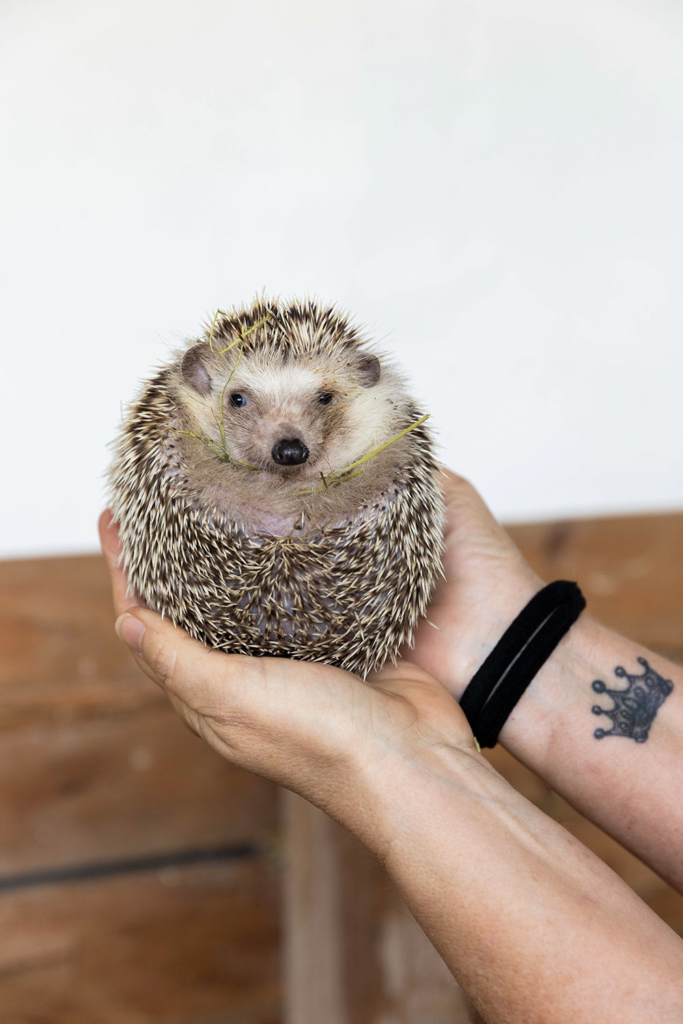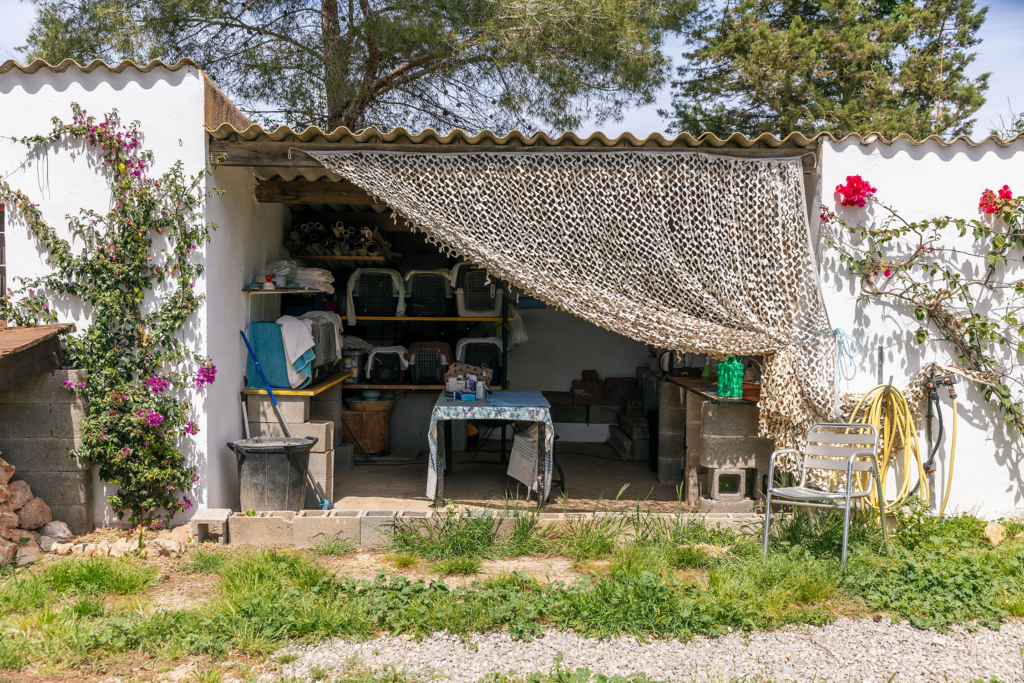The fate of the iconic gecko is well documented, but two islanders are also helping another protected indigenous species. The Hedgehog.
The African pigmy hedgehog is native to the island, but nearing extinction due to modern living habits – run over on the roads where they seek heat, and caught in gardens where residents want to secure their properties with walls. Hedgehogs catch and eat baby snakes and snake eggs, which is a particularly important reason to help with their existence, and in turn the geckos.
Carolyn Kroon, who’s originally from Holland, created the Hotchiwitchi centre after finding a sick hedgehog herself. She went to seek treatment from Adila Hiam, the founder of Can Hog, a sanctuary on the west of the island.“Adila taught me how to care for them and I took four home for the winter. We then decided to collaborate, so I cover the south and east of the island and she covers the north and the west. I used to work as a nurse so I learned quickly how to care for the hedgehogs, giving them injections and bathing them.”
Carolyn has helped thousands of hedgehogs, in the last nine months she has released 450 back into the wild. The main problem that they suffer is lack of food and a lot end up with mange: “There has been a huge decline in insects across Europe in the last decade. A lot of pesticides are used and people don’t tend to have shrubs in their gardens here any more. This all impacts on the hedgehogs as their immune system is down due to the lack of food.”
Adila, founder of Can Hogs has been saving hedgehogs for seven years: “On average I take in 30 to 40 a month. The problem we are dealing with this awful skin condition that they get from the snails that they eat so trying to keep them healthy seems to be an ongoing task which will probably never end. We just have to keep treating them as they come and then release in the best places possible where they can have permanent access to fresh water and healthy food. If people with gardens can create wild spaces for hedgehogs with compost piles and wood piles and anything that will attract the natural food that they eat like beetles and grubs then that will help already.”
Carolyn tells me that as people build walls around their properties instead of fences, the animals don’t have any way of getting out to find food. She also says they are the victim of gardeners using tools so are often brought in injured.
So what can people do to help? Carolyn says make ‘hog hotels’ with a plastic storage box in the garden. Cut a hole and insert an L-shaped pipe into it, then add dry cat food. Chicken flavour (fish flavour is bad for their bones). This allows the hedgehogs to get in but keeps out rodents and other animals. It also gives them shelter.
Something else to help especially in the heat of summer, is to leave out a shallow bowl of water, (milk causes problems with their digestion) so they can drink and also climb out. “A big reason for hedgehogs getting ill is that they are dehydrated.”
The final message from Carolyn is: “Please drive carefully after dark. Hedgehogs can travel 3-5km a night. They can go to sleep on the surface of the road as it is warm. Everyone can do their bit to help.”
If you want to help by donating food or funds – contact Carolyn on +34 606 20 82 41







